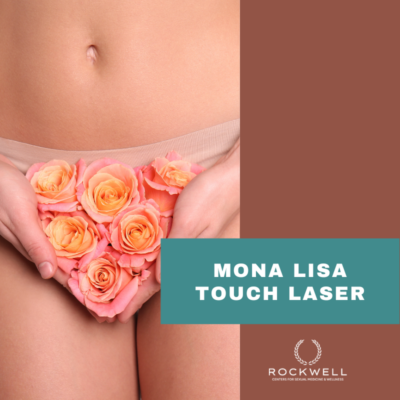
Chronic pelvic pain is a pain between your belly button and hips that persists for at least six months and can affect both men and women. The effects of chronic pelvic pain are wide ranging. Severe, steady pain in the pelvic region is common, as is cramping. You may also feel pressure on your pelvis and a sharp aching. Chronic pelvic pain can also be experienced during intercourse or while using the bathroom. Any activity that involves the pelvic region can cause severe pelvic pain, and its complications aren’t just limited to men. According to a recent study, 20% of women in America experience severe chronic pelvic pain.
There are various possible causes for CPP, some that are specific to each gender. Here are four proposed causes of chronic pelvic pain.
Musculoskeletal Problems
Conditions that affect your bones, joints and connective tissue, such as fibromyalgia and pelvic floor muscle tension and spasm, have been known to cause CPP. Chronic prostatitis has also been a large reason for chronic pelvic pain in men. The pelvic region is home to various muscles, joints and nerves. It’s suggested that you undergo a thorough examination of your abdominal and pelvic region.
Psychological Factors
The mind is a powerful tool, but it can also work against you, physically speaking. Depression, severe stress and a history of sexual, physical or emotional abuse can lead to CPP. In a recent study by the National Center for Biotechnology Information, 42% of participants experiencing pelvic pain were also grappling with posttraumatic stress disorder (PTSD). PTSD, depression and more can cause other issues within the pelvic region, including irritable bowel syndrome, pelvic congestion syndrome and painful bladder syndrome.
There are causes of CPP that specifically affect women. The most common cause of pelvic pain in women is caused by a condition called endometriosis.
Endometriosis
Endometriosis is a condition in which tissue from the lining of your uterus grows outside in the pelvis and causes painful cysts and fibrous bands of scar tissue. The excess tissue surrounding the uterus cannot be properly deposited from your system, which causes a buildup of tissue in your abdomen and pain.
Treatment
While CPP might seem intimidating, there are ways to reduce pain and heal the pelvic region. There are a number of options for how you can treat CPP depending on the cause and if you are male or female. Medications, such as anti-inflammatories, nerve blocking agents and antibiotics, can provide you with some comfort, but should also be coupled with some form of pelvic floor physical therapy. Neurostimulation and injections into the muscle with either numbing medication, steroids, or Botulinum Toxin have also been proven to be beneficial in relieving the pain from specific regions in the pelvis. Shockwave therapy, acupuncture and platelet therapy may also be helpful. Occasionally, women or men who experience CPP will undergo hormone treatments.
If you think you might be suffering from chronic pelvic pain, discuss with your doctor your possible treatment options..












